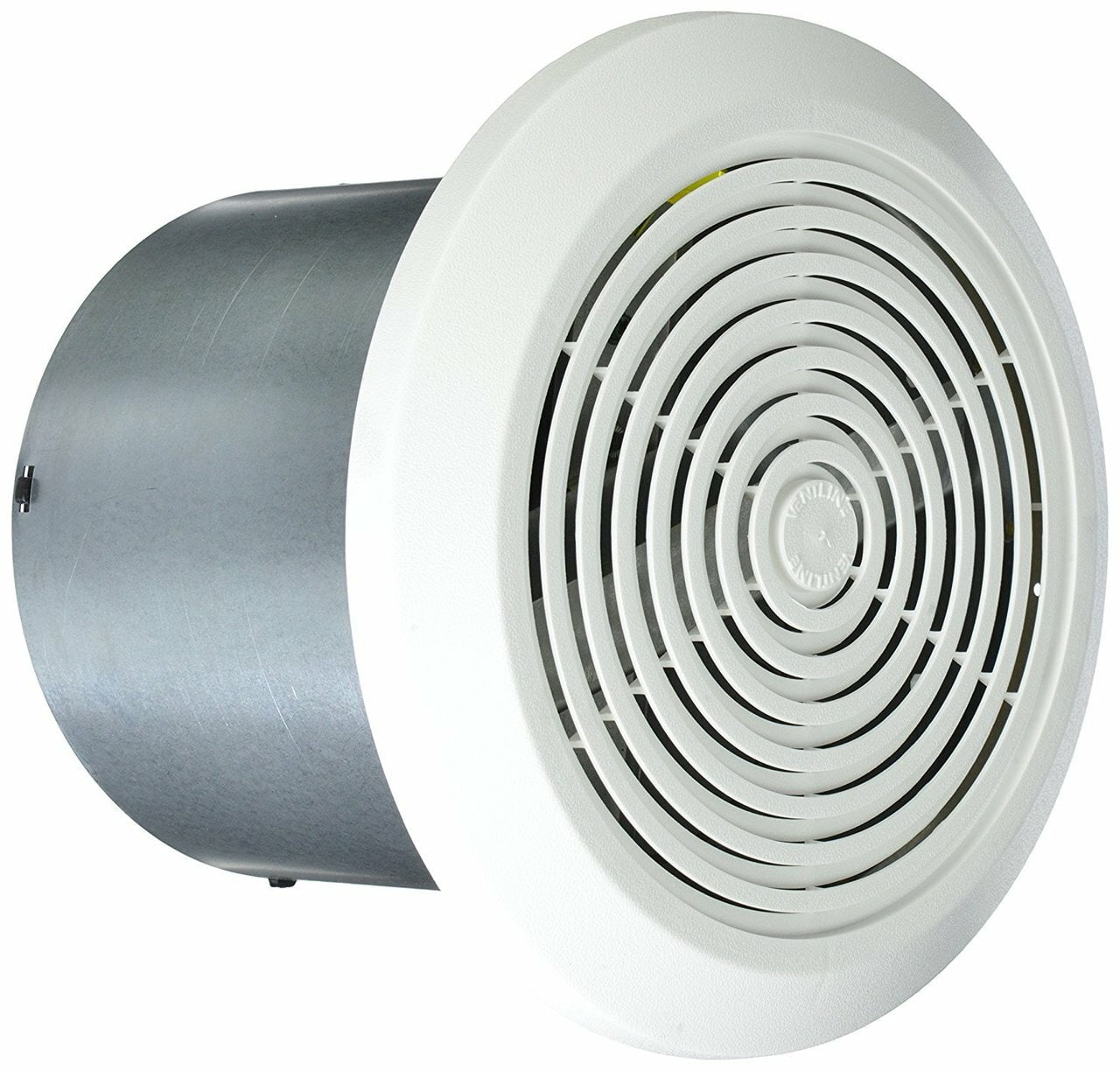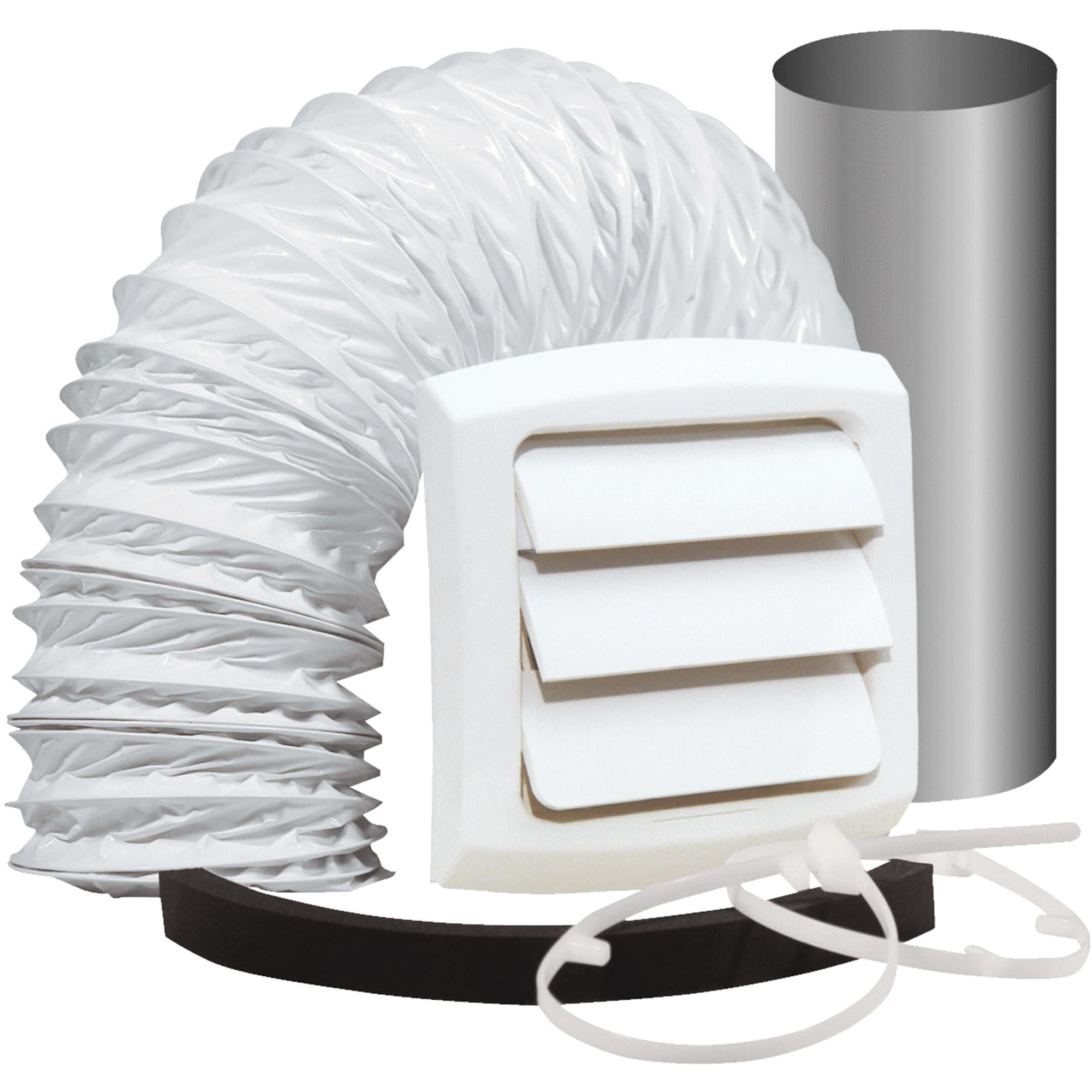Features and Specifications

Best wall exhaust fan for bathroom – Selecting a wall exhaust fan for a bathroom requires careful consideration of several key features and specifications. These include airflow capacity, noise level, and energy efficiency.
Airflow capacity measures the volume of air the fan can move in cubic feet per minute (CFM). A higher CFM rating indicates a more powerful fan that can remove more moisture and odors from the bathroom.
Noise level is measured in sones. A lower sone rating indicates a quieter fan. For bathrooms, a fan with a sone rating of 2.0 or less is generally considered acceptable.
Maintaining a comfortable and odor-free bathroom is crucial, and choosing the best wall exhaust fan is essential. While you’re creating a serene oasis with beach house decor , don’t forget the importance of proper ventilation. The right exhaust fan will ensure your bathroom stays fresh and free of moisture, enhancing your relaxation and well-being.
Energy efficiency is measured by the Energy Star rating. Energy Star-certified fans meet strict energy efficiency standards, which can save you money on your energy bills.
Incorporating a wall exhaust fan into your bathroom not only improves ventilation but also enhances the overall aesthetic. As you explore different models, consider their compatibility with retro home decor. The vintage charm of exposed brick walls and patterned tiles can be complemented by a fan featuring a classic brass or nickel finish, seamlessly blending functionality and style in your bathroom sanctuary.
Table of Wall Exhaust Fan Specifications
| Fan Model | Airflow Capacity (CFM) | Noise Level (Sones) | Energy Star Rating |
|---|---|---|---|
| Broan Nutone 671 | 110 | 2.0 | Yes |
| Panasonic FV-30VQ3 | 150 | 1.5 | Yes |
| Delta Electronics BreezAir B120 | 120 | 2.5 | No |
| Hunter Fan Company Symphony II | 100 | 1.8 | Yes |
Types and Designs

Wall exhaust fans come in various types and designs, each with its own unique characteristics and advantages. Understanding these differences can help you select the most suitable fan for your bathroom’s specific needs.
The primary types of wall exhaust fans include axial, centrifugal, and mixed-flow fans. Each type employs distinct blade shapes, motor types, and housing materials, resulting in varying airflow patterns and noise levels.
Axial Fans
- Feature propeller-like blades that rotate along an axis, drawing air parallel to the fan’s axis.
- Offer high airflow capacity and low noise levels.
- Suitable for small to medium-sized bathrooms.
- Example: Broan-NuTone AER110.
Centrifugal Fans
- Utilize curved blades enclosed in a scroll-shaped housing.
- Generate higher static pressure, enabling them to overcome resistance in ductwork.
- Produce higher noise levels than axial fans.
- Ideal for larger bathrooms or those with long duct runs.
- Example: Panasonic FV-08VQ3.
Mixed-Flow Fans
- Combine features of both axial and centrifugal fans.
- Offer a balance between airflow capacity and static pressure.
- Suitable for a wide range of bathroom sizes and ductwork configurations.
- Example: Delta BreezSlim DEL50.
Installation and Maintenance: Best Wall Exhaust Fan For Bathroom

Installing a wall exhaust fan requires careful planning and execution to ensure optimal performance and longevity. Proper installation involves electrical wiring and ductwork, while regular maintenance keeps the fan functioning efficiently.
Installation
The first step in installing a wall exhaust fan is to choose the appropriate location. The fan should be positioned directly above the shower or bathtub, where it can effectively remove moisture and odors. Once the location is determined, cut a hole in the wall according to the fan’s dimensions.
Next, connect the electrical wires from the fan to the appropriate circuit breaker. Ensure that the wires are securely connected and insulated to prevent electrical hazards. The fan should be grounded to protect against electrical shocks.
Finally, attach the ductwork to the fan and run it to the outside of the house. The ductwork should be properly sealed to prevent air leaks and ensure efficient ventilation.
Maintenance, Best wall exhaust fan for bathroom
Regular maintenance is essential to keep the wall exhaust fan functioning optimally. Cleaning the fan blades and filters removes accumulated dust and debris, which can obstruct airflow and reduce efficiency. The blades can be cleaned with a damp cloth, while the filters can be vacuumed or washed with soapy water.
It is also important to inspect the ductwork regularly for any blockages or damage. Any obstructions should be removed to ensure proper airflow. If the ductwork is damaged, it should be repaired or replaced to prevent reduced ventilation and potential moisture buildup.
Proper installation and maintenance of a wall exhaust fan are crucial for ensuring its longevity and optimal performance. Regular cleaning and inspections help prevent malfunctions and extend the fan’s lifespan. By following these guidelines, homeowners can enjoy a well-ventilated bathroom with reduced moisture and odors.